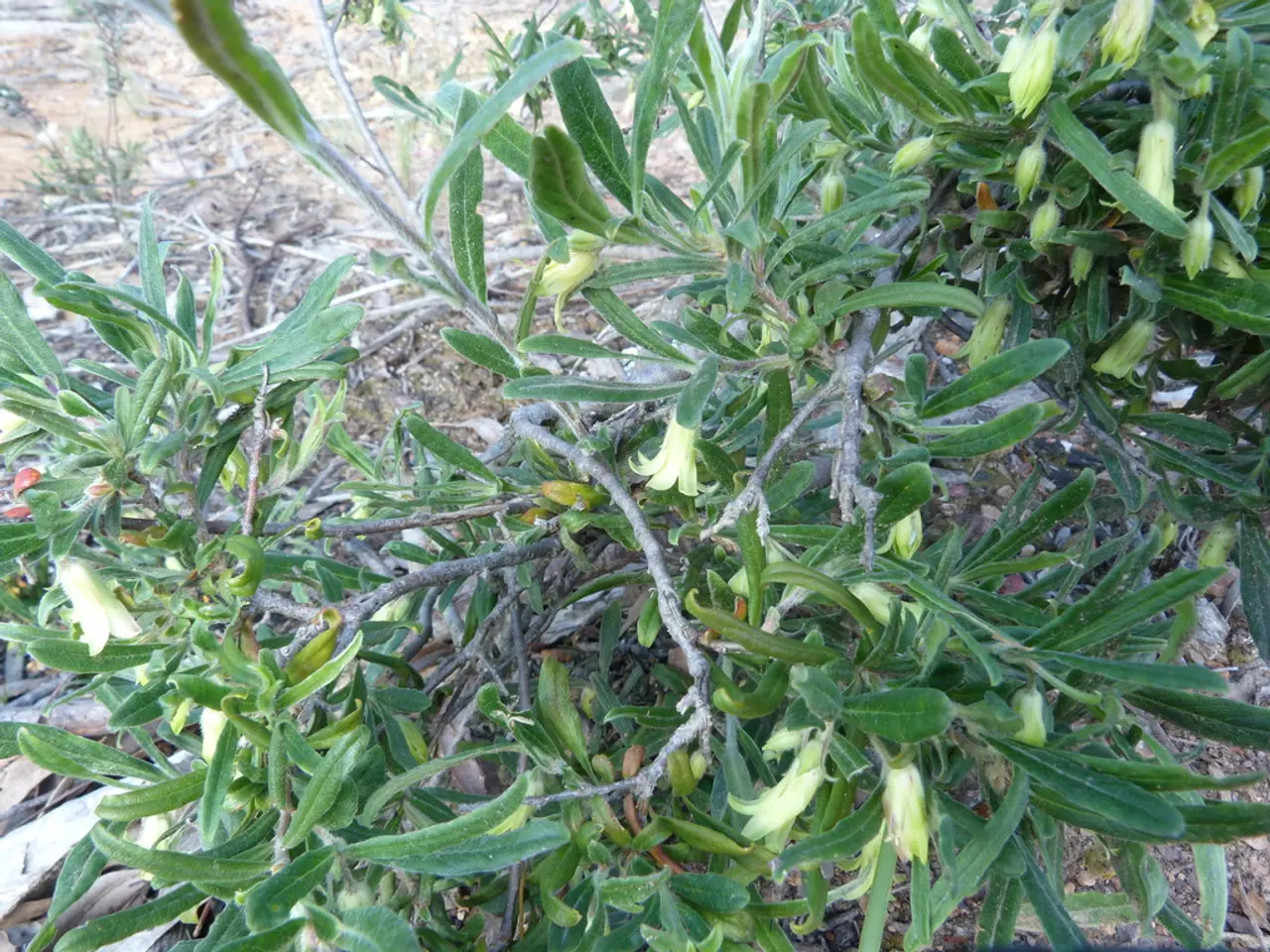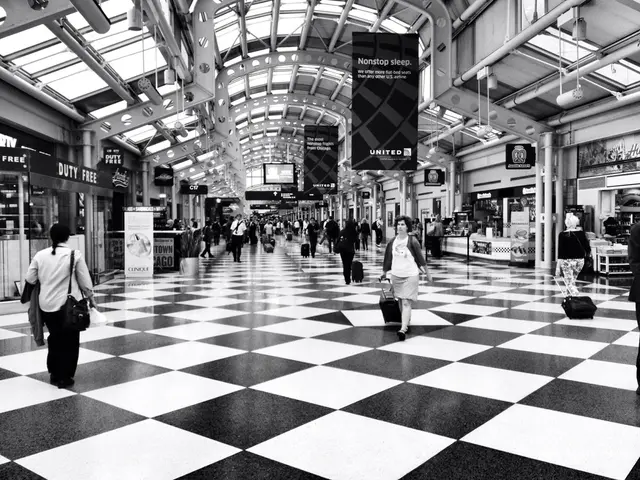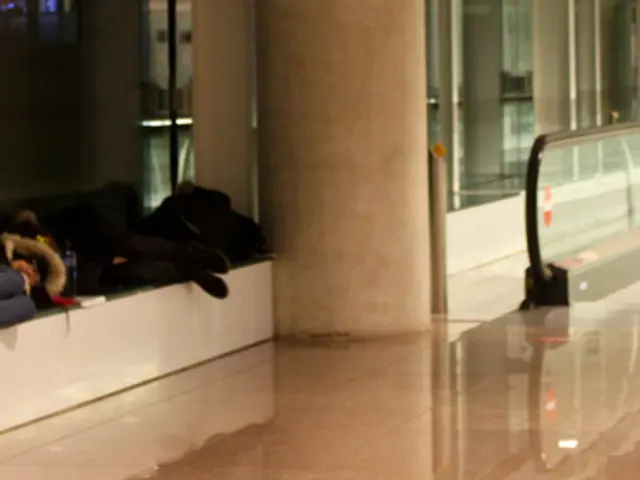Creating Multi-tiered Garden Beds for Aesthetic Excellence
A layered flowerbed is a garden design that adds depth, structure, and colour harmony, transforming a simple plot into a vibrant and visually striking display. By implementing tiered planting techniques and thoughtful design principles, gardeners can create a flowerbed with strong visual impact and lasting appeal.
The key to a layered flowerbed is planning in three layers. The backbone layer consists of tall trees or shrubs placed at the back for structure and screening. Medium-sized plants make up the body layer, filling out the space between the backbone and the front layer. Low-growing flowers or ground covers are used at the front for detail and colour at eye level.
Layering by height and texture is another essential technique. Combining plants of different heights and textures adds depth and drama to the flowerbed. Tall plants serve as a backdrop, medium plants provide body, and shorter plants offer foreground appeal.
The role of colour in flowerbed design is to bring everything to life. Bright colours create excitement, while soft pastels bring a sense of calm. Choosing a theme based on whether the desired effect is bright colours or soft pastels is crucial. Repeating colours and textures thoughtfully across the layers and seasons helps create visual cohesion.
Preparing the bed well is also essential. Before planting, clear the area from grass and roots, till the soil, and lay landscaping fabric to suppress weeds and help plants thrive. Adding edging like stone along the perimeter can define the flowerbed and keep layers visually contained and neat. Laying gravel and sand underneath edging for stability and using a weed membrane to prevent unwanted growth are additional steps to maintain a neat and tidy flowerbed.
Practical tips for maintaining your flowerbeds include watering wisely, using mulch, deadheading flowers, and rotating plants. Watering wisely helps prevent overwatering, while using mulch retains moisture and suppresses weeds. Deadheading flowers encourages more blooms, and rotating plants helps prevent diseases and pests from taking hold.
Choosing flowers that bloom at different times helps keep a garden alive with colour all season long. For example, crocus and daffodils are used for spring, while daylilies and coneflowers are added for vibrant summer colours. Asters and sedum are included to keep the colour going into fall. Containers can be moved around to change the look anytime, while hanging planters are great for small spaces.
Incorporating vertical flowerbed designs using trellises or garden stakes can save space and add height. Perennials, plants that bring beauty year after year without needing to be replanted, are excellent choices for layered designs. Some perennials that work well include Black-eyed Susan, Purple Coneflower, Daylily, Hosta, Sedum, and others.
Evergreens and ornamental grasses are planted to add structure in winter, providing winter interest. Creating a colour palette for flowerbeds involves picking a main colour, complementary colours, and accent colours. Height variation is used to create depth in flowerbeds by arranging tall, medium, and short plants.
By following these techniques, gardeners can create a layered flowerbed that is not only visually stunning but also easy to maintain and enjoy all year round.
- Incorporating a 'fashion-and-beauty' approach to flowerbed design, the strategic use of colours brings everything to life, with bright hues creating excitement and soft pastels instilling a sense of calm.
- To maintain a layered flowerbed, follow practical steps such as watering wisely, using 'shopping' items like mulch to retain moisture, deadheading flowers to encourage more blooms, and rotating plants to prevent diseases and pests.
- For a vibrant 'food-and-drink' experience, consideration of blooming seasons is vital. Crocus and daffodils for spring, daylilies and coneflowers for summer, and asters and sedum for fall colors provide a continuous show of blossoms.
- To ensure lasting appeal and visual harmony all year round, the layering of 'home-and-garden' elements such as tall trees or evergreens at the back and short ground covers in the front is essential. Additionally, the use of vertical designs like trellises or stakes adds height and saves space.





